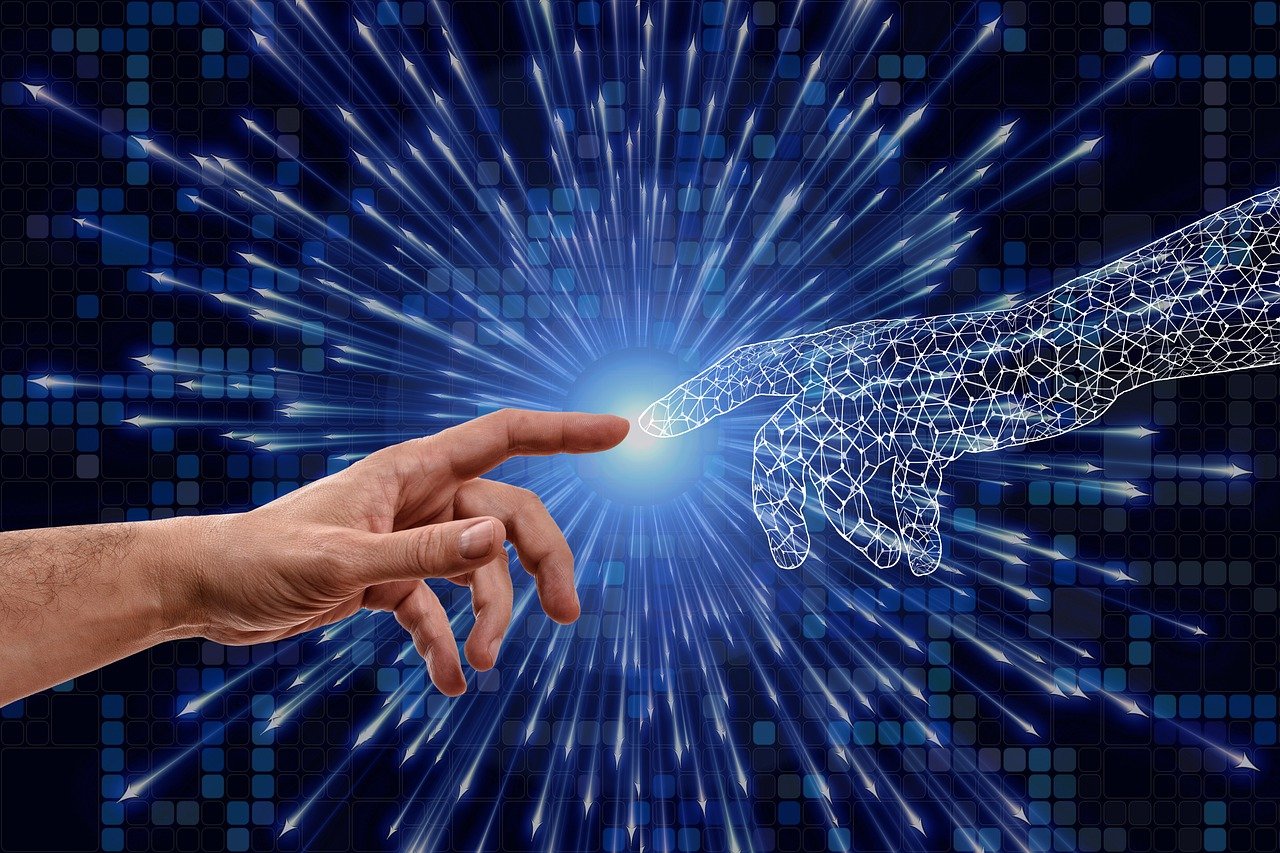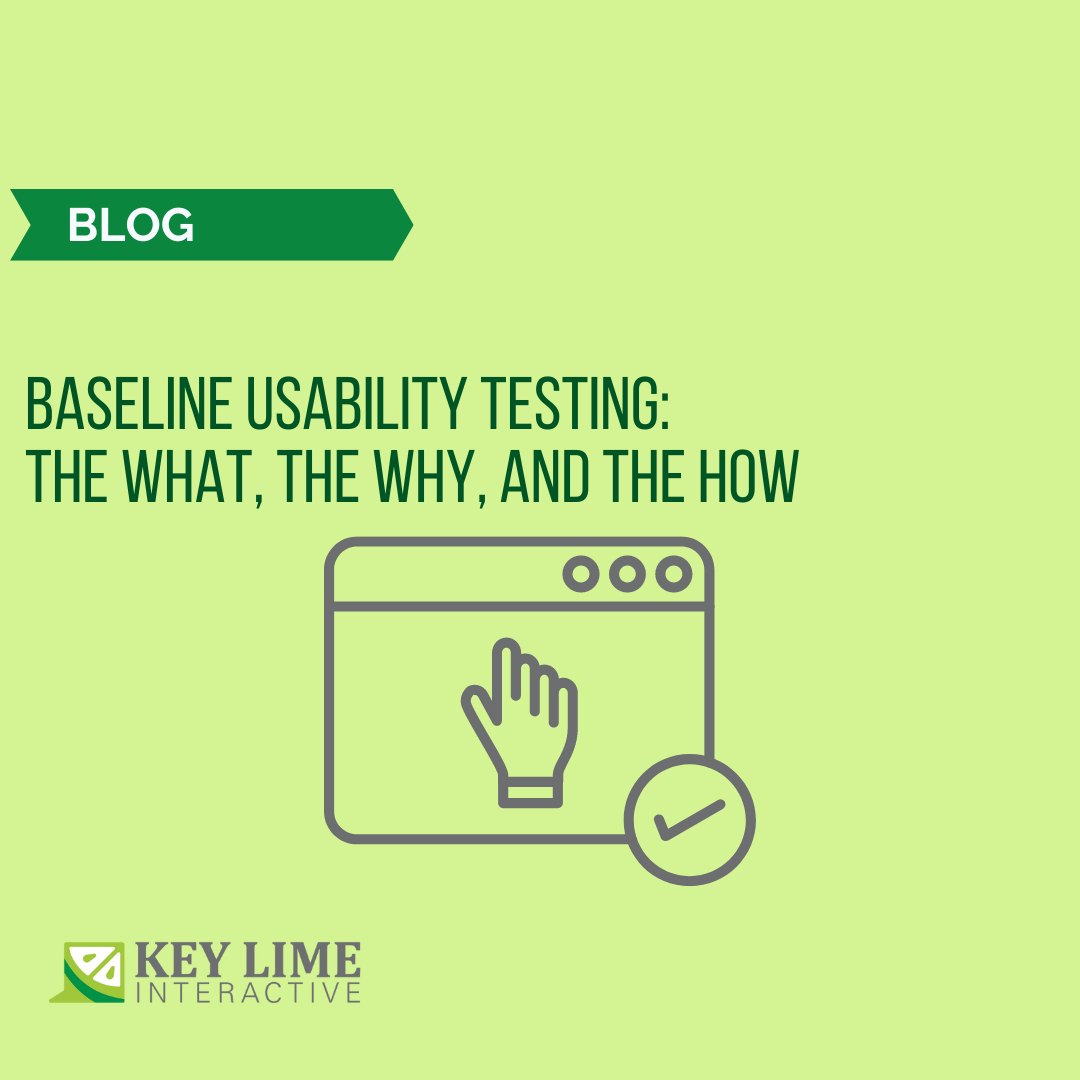
Let me begin by saying that I am not an expert on Web 3.0. I am a UX researcher and this is an opportunity to take a deeper dive into Web 3.0 and be able to share the knowledge that I gain with others.
The purpose of this article is to show how transformative Web 3.0 is, and how UX plays a unique role in its success. This is not to say that Web 3.0 is a better or right way, but more of an informative article that shows the structural differences of Web 3.0 compared to the internet to date.
What is Web 3.0?
To understand Web 3.0, an understanding of Web 1.0 and Web 2.0 is helpful.
Web 1.0
Web 1.0 took place roughly between 1991-2004. This was when the web was known to be ‘read-only,’ meaning there were no interactions between the user and the content published on the web (i.e. log in, like, subscribe, etc). For the most part, websites had not become the profit centers they are today driven by ad revenue, and the main type of users were mostly consumers. Imagine it as reading an encyclopedia on a device rather than in a book format– the reader gains information, and nothing else happens.
Web 2.0
Web 2.0 is the internet that people know and use today. It is interactive in that users can both receive and provide information. Big social media applications like Facebook, Instagram, and TikTok use people’s data to make what they see more personalized. Companies who own these applications are known as centralized corporations where the business structure is driven by an individual (this becomes an important distinction when compared to the decentralization of Web 3.0). In Web 2.0, users essentially give up their information to receive more personalized feeds. In other words, these centralized companies profit from showing users targeted ads based on the data that they gain from them. In this age of targeted advertisement, users have become the product, leading to much publicized controversy related to privacy concerns.
Web 3.0
Web 3.0, just like the internet we know today, is a big concept– it is not run by or driven by one organization - just like no one owns the internet today. What makes Web 3.0 innovative is that it allows users to essentially take responsibility over their own data by removing the trusted third party. This is made possible through blockchain technology and tools of decentralization.
Blockchain
Blockchain is a type of digital data storage mechanism. You may hear it compared to a ledger, which is a book or digital record containing bookkeeping entries. Before the age of digital technology or even before the concept of money, physical ledgers were used to keep track of transactions. In the modern age, as new information gets added to a blockchain system, the data becomes encapsulated into “blocks.” When the block reaches its storage capacity, it creates a new block and is chained to the previous blocks (hence the name “blockchain”).
Decentralization
What makes this information secure and trustworthy is the concept of decentralization. Compared to a centralized organization where an individual makes the decisions, a decentralized system transfers that control to a dispersed network.
Peer-to-peer network (P2P) uses the concept of decentralization and makes up the architecture of blockchain. More specifically, it allows anyone with a PC to connect to another peer with a PC without going through a central server – a decentralized form of network communication.
To tie it all together, blockchain is a distributed database of which permissioned members can get a copy. Access allows them to add new information, but changing any existing record is very difficult. If someone tries to alter a record in the database, the redundancy and transparency of P2P allows other peers the ability to cross reference each other and pinpoint the incorrect information, preventing the data from being tampered with.
Examples of use cases
Currency
So far, cryptocurrency has been the most common blockchain application. Almost everyone has heard of Bitcoin by now and the reason it has caused so much commotion is because of its movement away from central authority systems like the government. The U.S. dollar is controlled by the Federal Reserve– meaning that users’ data and currency relies on the stability of the bank and government. However, history saw the current model’s limitations with the 2008 financial crisis, as one example. By operating under blockchain technology, these types of risks are reduced. Other advantages include the elimination of processing and transaction fees, and the ability for people who are living in unstable governments to safely store their wealth.
Financial Services
In the present day, many financial services companies’ offerings can be limited to their hours of operations or their ability to handle international transactions. By integrating blockchain, a technology that never sleeps, financial services can be offered more efficiently, securely, and economically anywhere in the world. Additionally, there are now credit cards that allow users to make transactions with their cryptocurrency.
Healthcare
Sensitive patient health information can be generated and secured with blockchain. The data is encoded in a blockchain and stored with a private key, which is only accessible to certain individuals, making it difficult if not impossible for unauthorized users to make changes to records.
The trend across all of these use cases includes a new way to secure data. Keep in mind that there is no one major transition into Web 3.0, rather parts of it are slowly becoming integrated into the existing web.
UX is the single biggest blocker to Web 3.0 adoption.
In its current stage, blockchain is a developer-centric ecosystem where code is law and engineers are building not because they should build something but because they can build it. Companies are implementing these concepts into their systems to help protect sensitive information and the computational power required to build a blockchain is inaccessible on an individual level, even if they are knowledgeable about the space. But there is a missing link, and that’s UX.
Why is UX so important?
UX needs to be integrated into this process because behind such technology – automated or not – exists a human user that will have to learn how to manage it and integrate it into their company’s systems, all while providing reassurance to their customers that their data is safe. Understanding that user’s experience is integral to the success and adoption of any blockchain ecosystem.
At Key Lime Interactive, users – their experience, pain points, and concerns – are at the forefront when we’re strategizing. As experts in CX/UX research, we help clients at any stage of the product development cycle to demonstrate the full potential of technological advancements like blockchain and improve the lives of their customers with best practices and proven methodologies. Contact us to find out more.
Resources
Blockchain Council - Role of P2P in Blockchain
Investopedia - Blockchain Facts
YouTube.com - What is Web 3.0?
Academy Blog - Blockchain: Proof of Ownership Explained










Comments
Add Comment